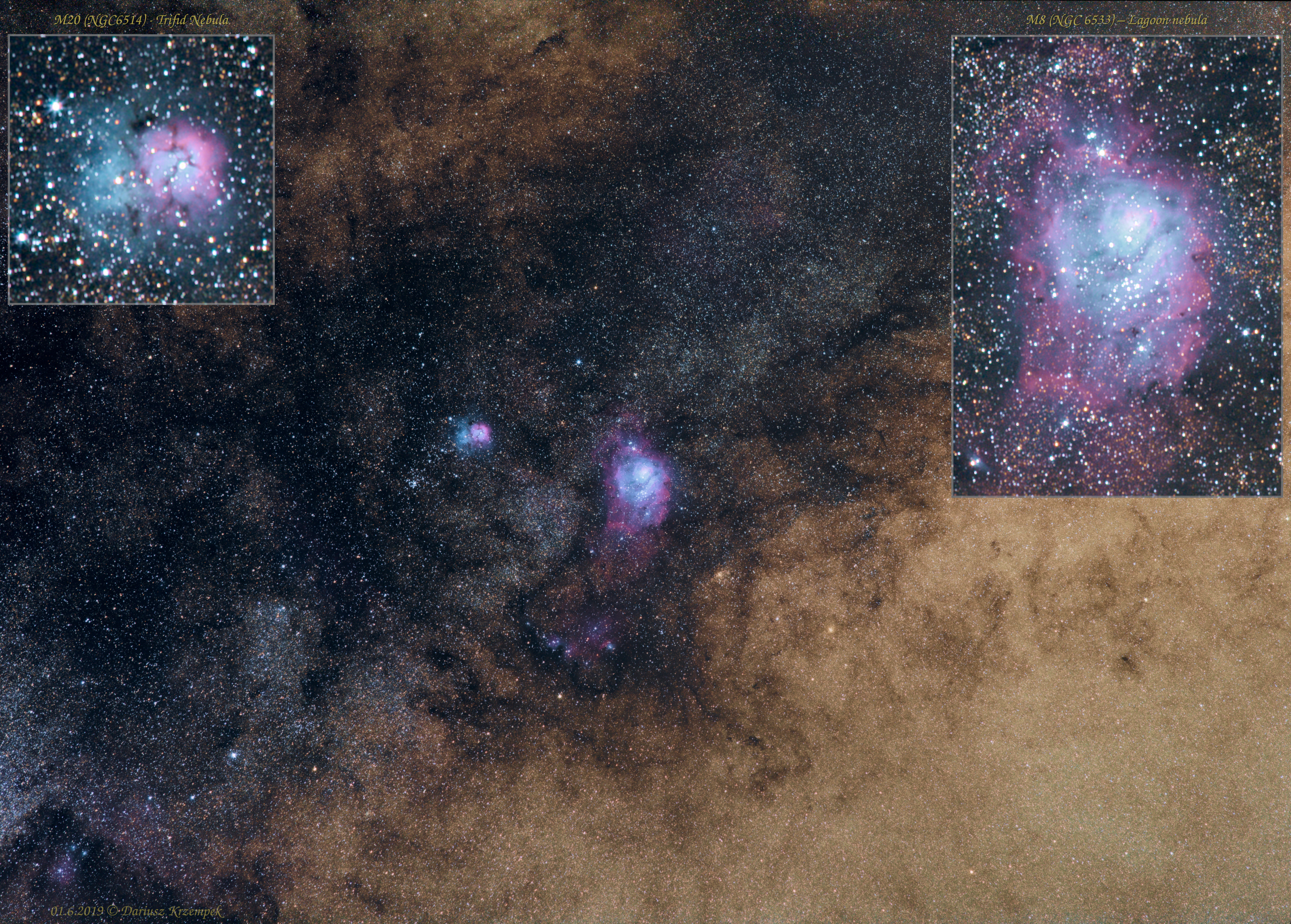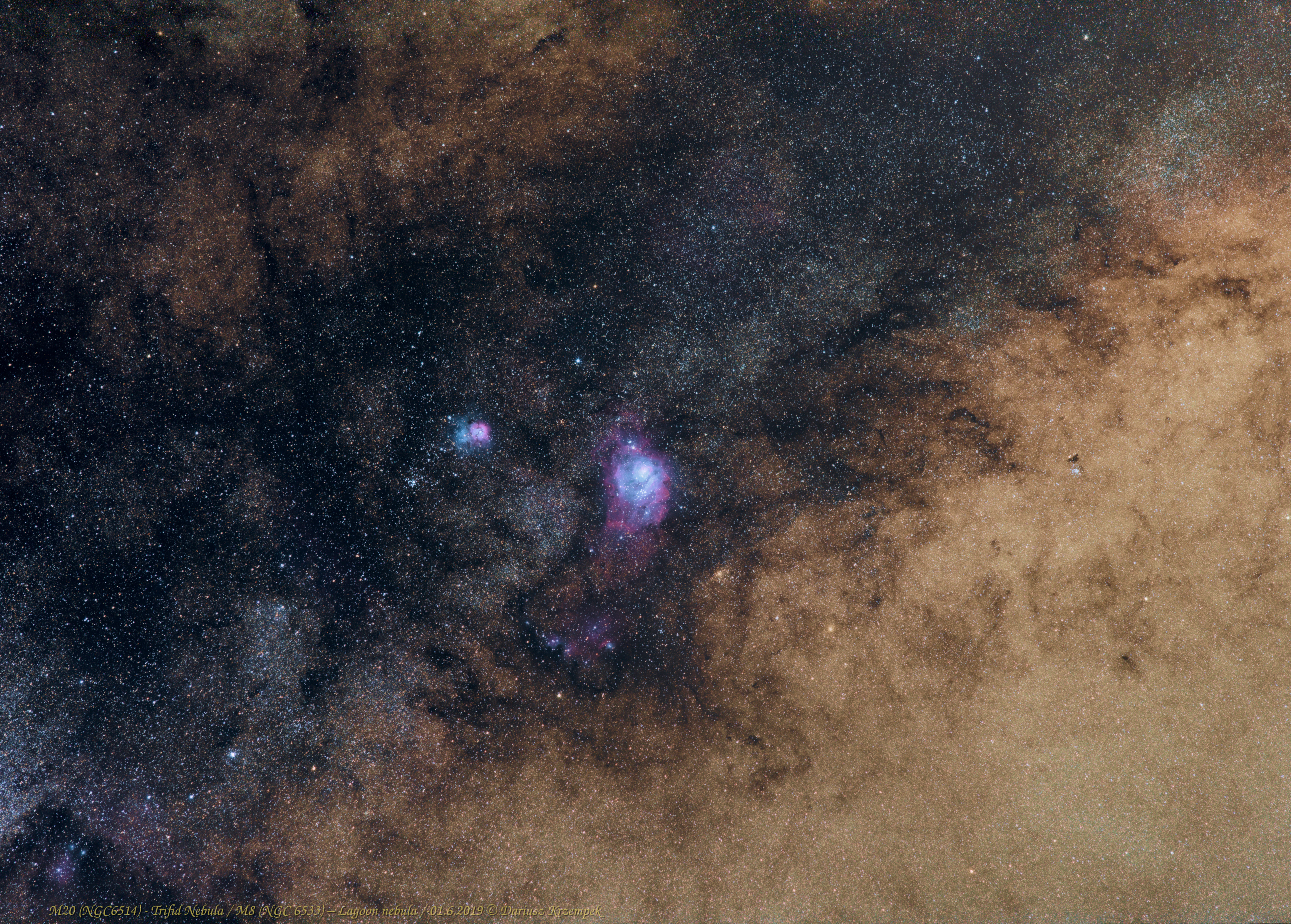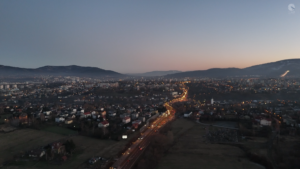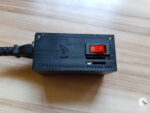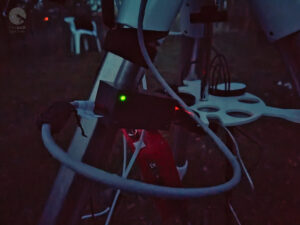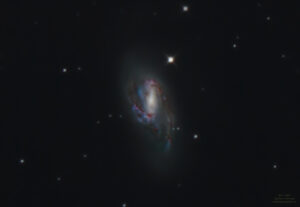Lagoon Nebula is a giant interstellar cloud in the constellation Sagittarius. It is classified as an emission nebula and as an H II region. The Lagoon Nebula is estimated to be between 4,000-6,000 light-years away from the Earth.
In the sky of Earth, it spans 90′
by 40′, which translates to an actual dimension of 110 by 50 light
years. Like many nebulas, it appears pink in time-exposure color
photos but is gray to the eye peering through binoculars or a
telescope, human vision having poor color sensitivity at low light
levels.
Source: https://en.wikipedia.org/wiki/Lagoon_Nebula
M20 (NGC6514) – Trifid Nebula
The Trifid Nebula is an H II region located in Sagittarius. It was discovered by Charles Messier on June 5, 1764. Its name means ‘divided into three lobes’. The object is an unusual combination of an open cluster of stars; an emission nebula (the lower, red portion), a reflection nebula (the upper, blue portion) and a dark nebula (the apparent ‘gaps’ within the emission nebula that cause the trifurcated appearance; these are also designated Barnard 85). Viewed through a small telescope, the Trifid Nebula is a bright and peculiar object, and is thus a perennial favorite of amateur astronomers.
The Trifid Nebula is a star-forming region in the Scutum spiral arm of the Milky Way. The most massive star that has formed in this region is HD 164492A, an O7.5III star with a mass more than 20 times the mass of the Sun. This star is surrounded by a cluster of approximately 3100 young stars.
Source: https://en.wikipedia.org/wiki/Trifid_Nebula
Photos (June 2019) taken at
Tenerife, exactly in the place next to “God’s finger”.
Equipment:
Canon EOS 6D with a Canon EF 200 [mm] 2.8L II USM lens, on a glued
iOptron CEM 25 mount, which I accidentally crashed on beton.
- Composition: Astro Pixel Processor,
- Processing: RT + GIMP v2.10.12 + plug-ins (Linux),
- Lights: 42 x 89[s] ISO 1000,
- Flats: 40 ISO-1000,
- Darks: 17 ISO-1000,
- Bias: 20 ISO-1000


